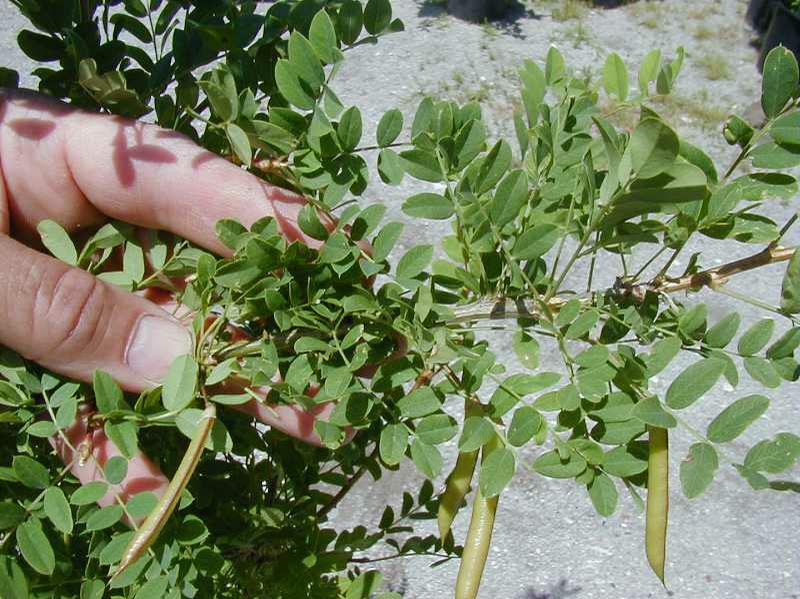Siberian peashrub (Caragana arborescens)
Siberian peashrub
Caragana arborescens, commonly called Siberian pea tree, is a large, rounded, multi-stemmed, deciduous shrub with upright branching that grows to 15-20’ tall and to 12-15’ wide. It is native to Siberia and Manchuria. It features pinnately compound bright green leaves (to 3” long), each with 4 to 6 pairs of obovate to elliptic-oblong leaflets (to 1”). Stipules are usually spiny. Insignificant yellowish fall color. Pea-like yellow flowers bloom singly or in clusters in May on the prior year’s wood. Flowers give way to yellowish-green pods (to 3” long) that mature to brown in summer.
Genus name comes from the Latinized version of the Mongolian name for a species of the genus.
Specific epithet means tending to be woody or tree-like.

Easily grown in average, dry to medium moisture, well-drained soils in full sun. Plant tolerates a number of adverse conditions including poor soils, drought and strong winds. Extremely low maintenance shrub. May be trained as a standard.
| Hardiness zone | 2 - 7 |
| Sun light | Full sun |
| Water | Dry to medium |
| Maintenance | Low |
No serious insect or disease problems.
Not considered to be very ornamental. Best use of this shrub is in difficult areas of the landscape where growing conditions are challenging. Possible uses include hedge, screen or windbreak. Shrub border.
| Common name | Siberian peashrub |
| Botanical name | Caragana arborescens |
| Plant type | Deciduous shrub |
| Family | Fabaceae |
| Hardiness zone | 2 - 7 |
| Water | Dry to medium |
| Maintenance | Low |
| Flower color | Yellow |
| Flowering period | May |
| Height | 15 - 20 ft. |
| Width | 12 - 15 ft. |